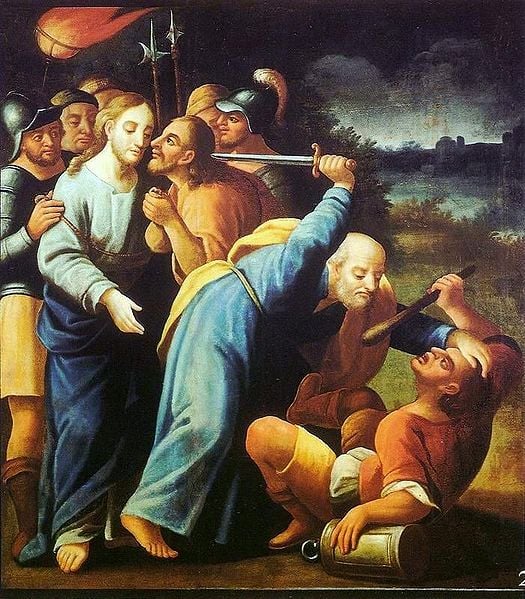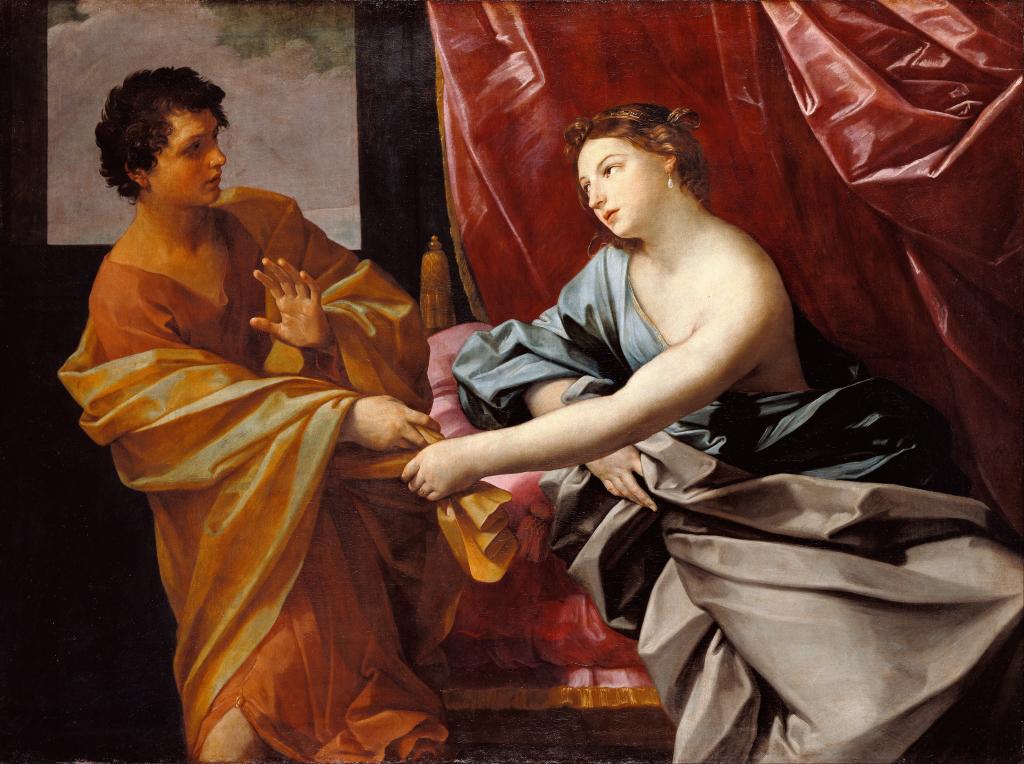[Preliminary note: This is the second of two posts (read the other here) offering reflections on Mormon ideas about salvation and family in light of Sam Brown’s study of early Mormonism, In Heaven as It Is on Earth: Joseph Smith and the Early Mormon Conquest of Death.]
“Families are impractical!” This was the start of one of the more memorable conversations of my time as a missionary in India. The man who ardently asserted the claim was a father, and he appeared to take good care of his wife and children. But he was, he insisted, not the example. Jesus, Buddha, Mother Teresa—“the great practitioners,” as he called them—were the ones worthy of emulation, and they each left their families.[1] I gently (but defensively) protested, “I’d left my family for two years.” Not enough. “But strong, loving families are among the most practical things in the world!” Again, I wasn’t getting the point: One must leave behind one’s family to truly serve God.
This claim captured me, though it seemed extreme. The sacrifice of “the great practitioners” was certainly more than I was willing to offer, and it seemed unwise—impractical, really—for God to ask. Still, I left his home puzzled. There was something true in what he said. But what was it?
As a Mormon kid who was raised in a conservative American home, I couldn’t imagine a functional, happy society without “the family.” (By “the family,” I mean a husband and wife primarily committed to raising morally upright, healthy children who are themselves primarily committed to maintaining and developing the relationships of their nuclear family.) It was sacred, too, not just practical. Its ultimate value transcended human understanding. After returning home, though, I noticed how easily even those who profess to prize “the family” as sacred speak of it as if its sole reason for being were its social utility. Marilynne Robinson captures this sentiment in an impassioned essay on the idea of family: “We tend to think, now, of the ideal family as a little hatchery for future contributors to the Social Security system, non-criminals who will enhance national productivity while lowering the cost per capita of preventable illness.” If everyone could have a family as put-together as Mitt Romney’s, a certain Mormon version of this thinking goes, all our troubles would be solved. Our streets would be cleaner and safer. Our budgets would be balanced. Our news wouldn’t be so depressing. The economy would run predictably, smoothly. We would be saved by the practicality of the traditional family.
Sam Brown’s In Heaven as It Is on Earth illustrates, as I recounted in my last post, how Joseph Smith’s God was an emphatic champion of family relationships. The book also recounts, however, how the customs and practical concerns of traditional family life could also get in the way of the designs of Joseph’s God. Consideration of this second point, I think, offers contemporary Mormons an occasion to reflect on the nature of our commitment to “the family.”
Once again, Brown details the cultural landscape in which Joseph lived and thought. In a new and stressful world of westward migration, poor communication, and ineffective medicine, the idea of a “domestic heaven” grew increasingly popular. The heaven of the theologians, one in which the radiance of God’s person demanded every bit of a believer’s attention and allegiance, was giving way to a rising domestic vision. This vision, Brown writes, trusted in “a place of happy reunions . . . and the persistence of family associations, the sacred land where ‘parting is no more’” (206).
This view of heaven seems basically Mormon, but it doesn’t reconceptualize family like early Mormons did. As Brown explains, “family would indeed last forever, but not in the form proposed by what became Victorian society” (208). Instead, heavenly society would be forged in the construction of what Brown calls the “Mormon Chain of Belonging.” Joseph tasked Mormons with linking every man and woman, every generation from Adam and Eve to the present, through a sacred covenant. This covenant would be forged through various rituals of sealing, blessing, and baptism, which would reconfigure the human family, binding it together in new relationships of an eternal order, quality, and strength.
One of the main reasons for this reconception of the family, Brown argues, was Joseph’s concern that an increasingly restricted focus on one’s immediate biological family constrained the expansion of Christian concern for the human family. “The way to survive the degradation of the world, Smith believed, was not to hide in a pious home but to band together in an ever-enlarging community sanctified by priesthood” (240). In order to survive beyond death, the human family would have to intentionally reorganize itself into covenantal networks. Love for one’s closest kin was not enough. Neither was Resurrection nor good moral living. One had to put to death old ties, and rise again into a new society.[2] Much of this vision was energizing—a vision of an expanding circle of Christian concern that reached for the orphan, the widow, the dead. But the best-known facet of it was (and still is) extremely troubling to those in and outside of Mormonism—that is, of course, polygamy.
According to In Heaven, polygamy was, in Joseph’s mind, another means of building the chain of belonging that would save the human family. It involved sexual desire and Joseph’s “lust for kin,” but it also responded to the historical moment. Plural marriage sealings were part of Joseph’s answer to what he saw as an increasingly atomized society, one governed by the logic of a market economy and exclusive concern for one’s closest kin. In an article written after the publication of In Heaven, Brown argues that this broader vision of polygamy is clearer in light of the adoption theology of early Mormonism, a set of ideas and rituals unfamiliar to contemporary Mormons.[3] In Heaven itself links polygamy with priesthood adoption, patriarchal blessings, and baptisms for the dead—all of which forged new, non-biological relationships, especially for those who lacked a home. More than any of these innovative practices and ideas, though, plural marriage fundamentally challenged many traditional American commitments regarding marriage and family.
Much more could be said about polygamy and its purposes, of course.[4] I certainly don’t know what to finally make of it. But In Heaven demonstrates that polygamy makes at least one thing clear: early Mormons saw heaven as deeply familial, but they did not believe that “the family” would save us. This insight strikes me as increasingly significant to us as contemporary Mormons as we become increasingly known as proponents of “the family.” And because individualism, atomization, and similar problems that faced early Americans face people and societies today, Mormons should be persistently mindful of the associated challenges. Like Brown himself, we can appreciate these challenges without seeing polygamy as the solution (In Heaven, 305). And we don’t need to practice the ritual adoption of the early (LDS) church to appreciate the fact that we all need something more than biological ties, that nuclear families often fracture, and that abandoned and scarred people need a new home.
Commitment to creating this home is not always easily harmonized with commitments to one’s own kin, a tension that is no more starkly illustrated than in Jesus’ declaration that “[h]e that loveth father or mother more than me is not worthy of me: and he that loveth son or daughter more than me is not worthy of me” (Matthew 10:37). Joseph Smith explicitly invoked this incredibly trying demand as he revealed a God who desired a family of disciples of Christ more than the maintenance of biological ties.[5] Moreover, the Book of Mormon, like the Bible, told the story of familial schism and the promise and responsibility of restoration. As Mormons ponder the stories of the Nephites and Lamanites, as we make the stories of Abraham and Israel part of our own, we attest to the need our nuclear families have of a family life that transcends biology and domestic concern.
But nowhere is this need clearer than in the temple. One of Mormonism’s unique claims is that the sealing power of Mormon temples is meant to heal the human family by reconstituting it, and yet we often obscure the character of this claim in our zeal to proclaim that “families can be together forever.” Mormons are not singular in their belief that family relationships will endure beyond death. As In Heaven recounts, many Americans professed such a belief well before Joseph Smith was born, and all kinds of people believe similar things today (ask almost any Mormon missionary). What is unique to Mormonism, to paraphrase Brad Kramer, is its declaration that relationships will fail to survive beyond death, despite a universal resurrection, unless they are intentionally refashioned according to the order of the temple.
Again, we have a tendency to frame the power of the temple in narrow, limiting legal terms. But is the temple’s strongest claim really its mere assertion of legal authority, even if such authority is necessary? Is the difference between eternal relationships and those that end with death just the right paperwork? “You can be with your family again after death if you perform the necessary rites with the proper authority.” This summary fails to capture the promise as well as the demands of the temple.
As I see the tradition, Mormonism is an invitation to join a new, dedicated, and demanding family. It is not merely the promise of the continuation of one’s own. Temple baptisms and sealings aren’t mere cosmic legal requirements; they are means of inaugurating a new kind of sociality, the kind the world desperately needs. Even our biological relationships must be reconstituted within the new order. Our heaven is not merely a place where good people go to meet their family and friends when they die, nice as that sounds. It’s a project God has given us, and it entails much more than creating stable, self-sufficient families who love being together and ensure the production of jobs in a smooth running economy. It’s a new family life that involves gathering scattered scripture and forgotten histories, bringing together the estranged and alienated, and opening our doors to the homeless and dispossessed. It requires a willingness to let the carrying out of these responsibilities transform our nuclear families, instead of merely working to perpetuate them. We must join and help minister to God’s big, fractured, impractical family, or we will lose our own. That’s the vision, as I see it, of the Mormon temple.
It’s a bold claim and a tall order, one animated by concerns that sometimes overlap with, but are, in the end, quite different from the nation state’s concerns about “the family” and modern views of the “traditional” family. When Mormonism is at its best, it doesn’t just produce strong families. It shapes family life such that the practicality of “the family” is made to serve a greater ideal—namely, the creation of a chain of belonging in Christ that offers a home to the weak, the abandoned, the forgotten. Only this kind of belonging, one motivated by a love and generosity freely offered to stranger and kin alike, will make it through.
[1] The man went so far as to claim that Jesus “did nothing for his family,” and then celebrated this alleged fact as blessedly “practical.” In response, I cited the first miracle of the New Testament—Jesus turning water into wine at his mother’s request—but anxious proof-texting wasn’t going to catalyze dialogue. The man’s commitment wouldn’t be bullied by the spare stories of an ancient document.
[2] In baptisms for the dead, Brown writes in First Principles in Ordinances, “Joseph Smith acknowledges the centrality of death to baptism and, in an insight I have found nowhere else, ties that association to baptism for the dead. As we die in baptism, we die into Christ’s death, but we also die into the death of all humanity” (103).
[3] The early saints practiced what came to be called the “Law of Adoption.” People were sealed to each other in all kinds of family relationships: friends were made brothers or sisters, orphans were made sons or daughters, etc. The practice ended when Wilford Woodruff focused the practice of family sealings to strict genealogical lines in the 1890s.
[4] I should note that In Heaven offers a fascinating look at how Joseph’s thinking about polygamy appears to have been shaped by an idiosyncratic reading of the Sadducees’ attempt to trap Jesus with a hypothetical about levirate marriage (see 228-232).
[5] This invocation of the New Testament included lines from Luke that are even more demanding than those in Matthew: “If any man come to me, and hate not his father, and mother, and wife, and children, and brethren, and sisters, yea, and his own life also, he cannot be my disciple” (Luke 14:26).













